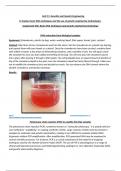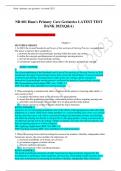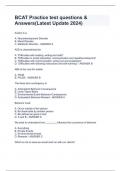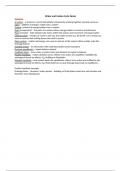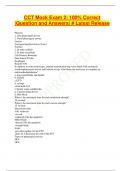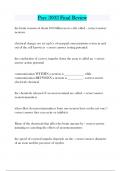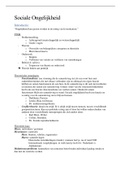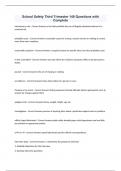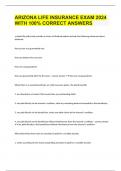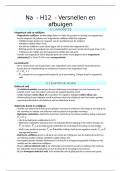Essay
Btec Applied Science Unit 11 Assignment D (Full Assignment)
- Vak
- Instelling
- Boek
This is Btec Applied Science Unit 11 Assignment D (Basic DNA techniques and genetic engineering technology) which was awarded a distinction and contains all the practical results. This is an example of a Distinction level assignment, and you may use it as a guide to help you achieve a distinction a...
[Meer zien]
